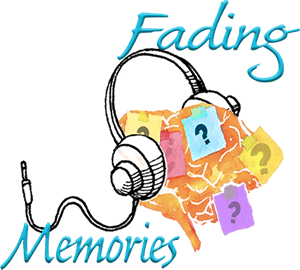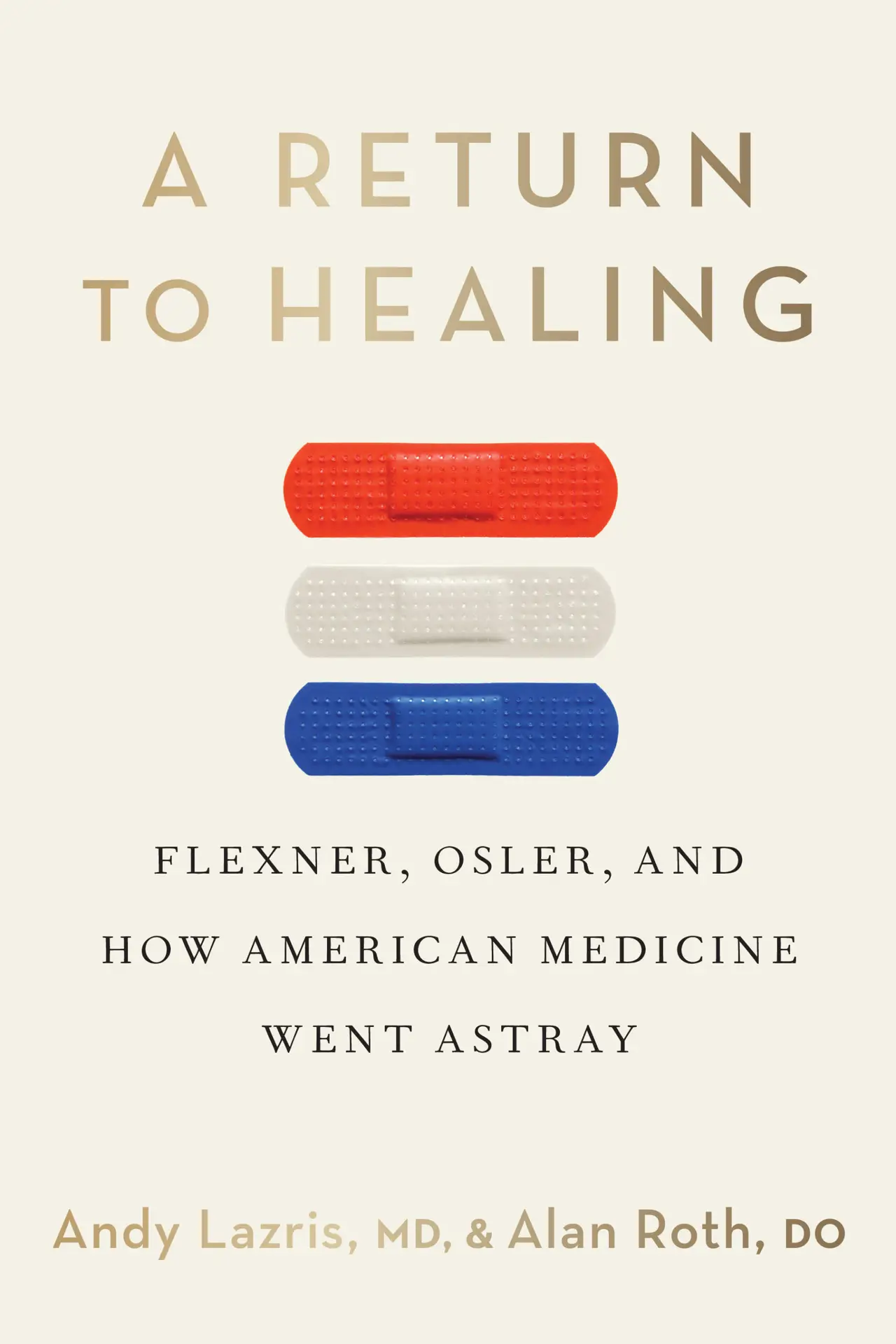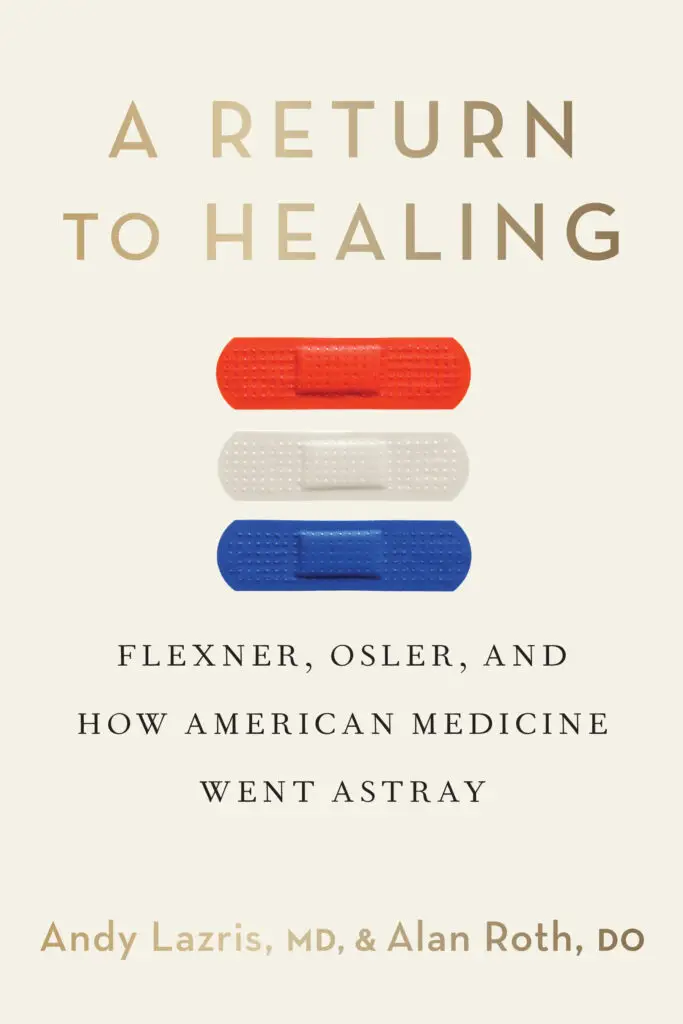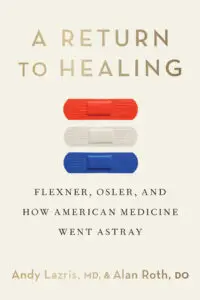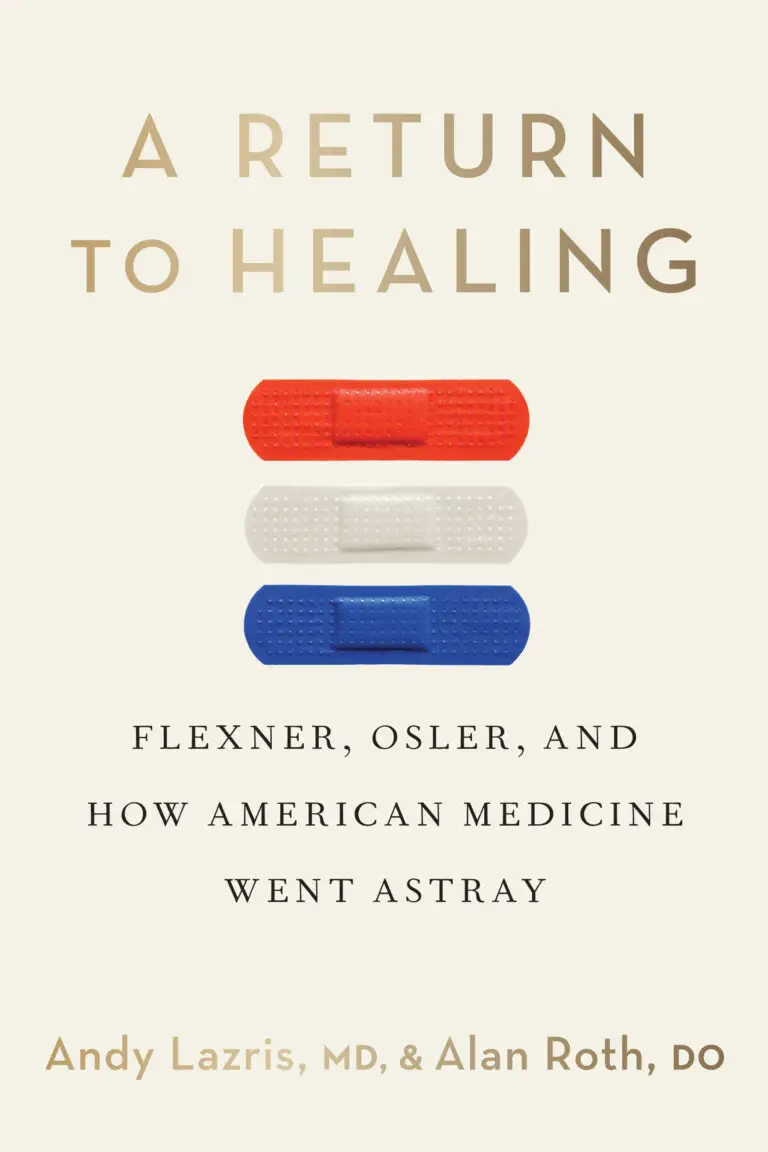Anticoagulation is commonly recommended for stroke prevention in atrial fibrillation—but is it always the right choice for older adults?
Anticoagulation therapy is often a go-to recommendation for preventing stroke in patients with atrial fibrillation—but in older adults, the decision is far more complicated. With age, the risk of both stroke and bleeding increases, and the consequences of falls or drug side effects can be severe.
In this important article from American Family Physician, Drs. Andy Lazris and Alan Roth (authors of A Return to Healing), along with patient collaborators, take a deep dive into the clinical, ethical, and personal challenges of prescribing anticoagulation in the elderly. They call attention to the gaps in data for patients over 75, the limitations of predictive tools, and the importance of listening to what matters most to the patient.
Anticoagulation in the Elderly: Risks, Benefits, and Uncertainty
While anticoagulants like warfarin, apixaban (Eliquis), and rivaroxaban (Xarelto) are proven to reduce stroke risk in many patients with atrial fibrillation, they also introduce serious risks—including intracranial bleeding, GI bleeds, and higher mortality from falls.
The article addresses key considerations:
Older adults are underrepresented in trials, leaving uncertainty around real-world benefit
Risk-scoring tools like CHA₂DS₂-VASc and HAS-BLED offer limited guidance for nuanced cases
Many patients experience side effects, high out-of-pocket costs, and a reduced sense of autonomy
Bleeding risk is often under-communicated compared to stroke prevention
This lack of clarity underscores the need for individualized care plans—not blanket prescriptions.
A Patient-Centered Lens on Treatment Decisions
This article mirrors one of the central messages of A Return to Healing: that clinical decisions must be guided by patients’ values, goals, and day-to-day realities. For some older adults, avoiding a life-altering bleed may be just as important as preventing a stroke. Others may prioritize independence, minimizing medication burden, or reducing costs.
The authors argue for deep conversations between patients and clinicians, where risks and benefits are explored together—rather than dictated by protocols or quality metrics. This patient-first mindset is the heart of the book’s mission to reclaim the humanity in healthcare.
If you’re a healthcare provider, family caregiver, or aging adult trying to navigate atrial fibrillation treatment options, this article is a vital read.


